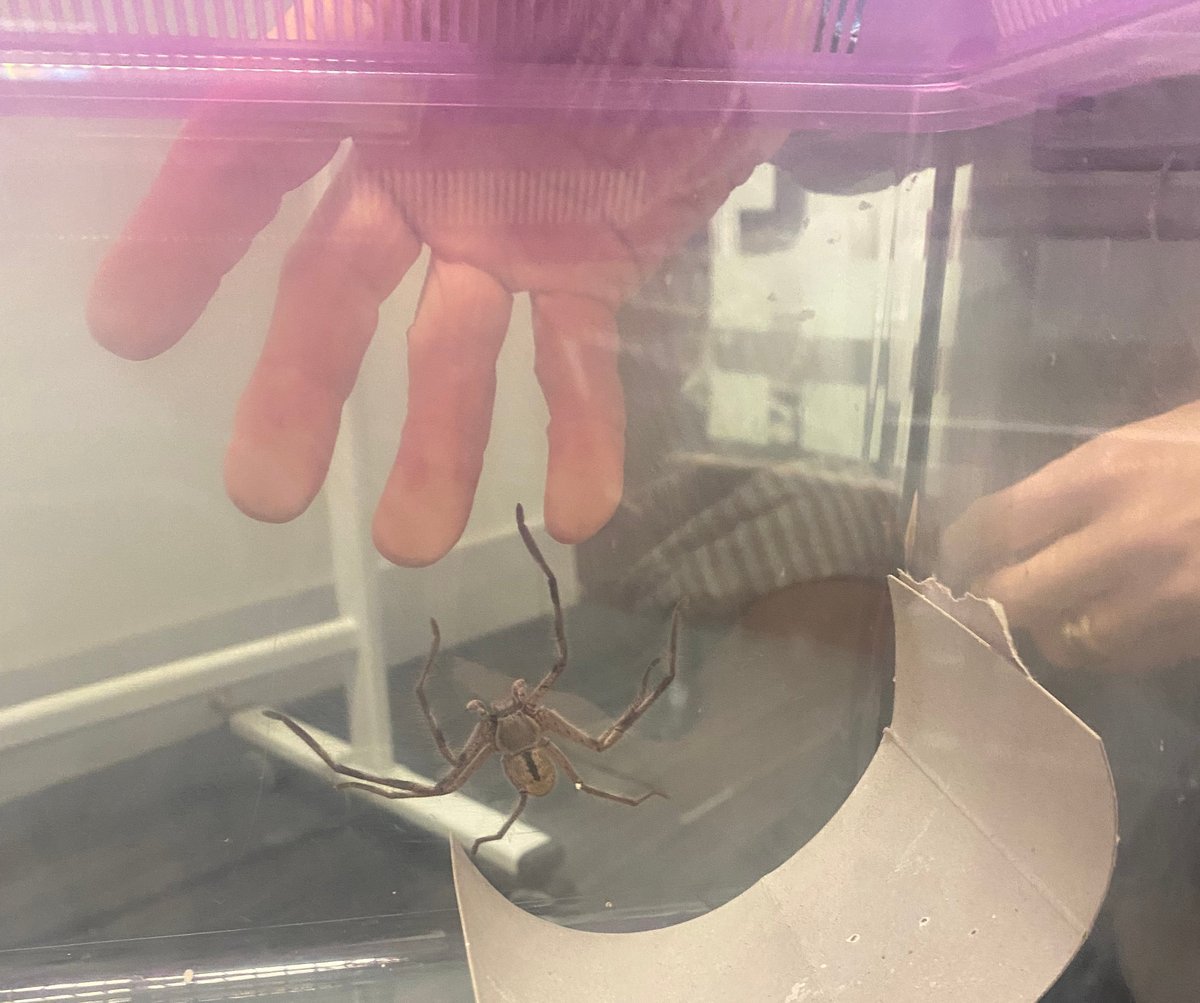
I enter the dark, marbled foyer of the heritage-listed Trust Building in Sydney's CBD and walk past three sets of brass lift doors, old-fashioned enough to have the levels numbered above each frame, which light up as the carriage ascends and descends.
Instead of stepping into one, I climb five flights of stairs, hauling myself up by the brass bannister. By the time I wind my way past a corridor of wooden office doors and find my destination, my lungs are searing because I'm so puffed by the climb.
I pick up a clipboard and some papers to fill out as the receptionist greets me and says cheerfully, "I can always tell who the claustrophobics are – they're always out of breath by the time they get in here."
This is Sydney Phobia Clinic, a place where people can find specialised treatment designed to tackle their fears and phobias in controlled ways. In fact, when they opened their doors in 2016, they were the first clinic in Australia that was designed specifically to treat phobias.
When I pick up the handbook for my treatment course, titled 'Claustrophobia', I note that the cover includes a photograph of lift buttons, which genuinely surprises me because, with all of my years having lived with this phobia and speaking to various people about it, I assumed it was relatively rare – at least, in no way common enough for it to be part of the graphic design.
And yet, sitting down for my first session with the clinical director and founder of Sydney Phobia Clinic, Dr Corrie Ackland, I quickly discover how completely predictable my fear is. Dr Ackland is clearly well accustomed to talking to people with claustrophobia and quickly uncovers terrors that I think about so regularly I'd almost forgotten they were abnormal at all.





























































































